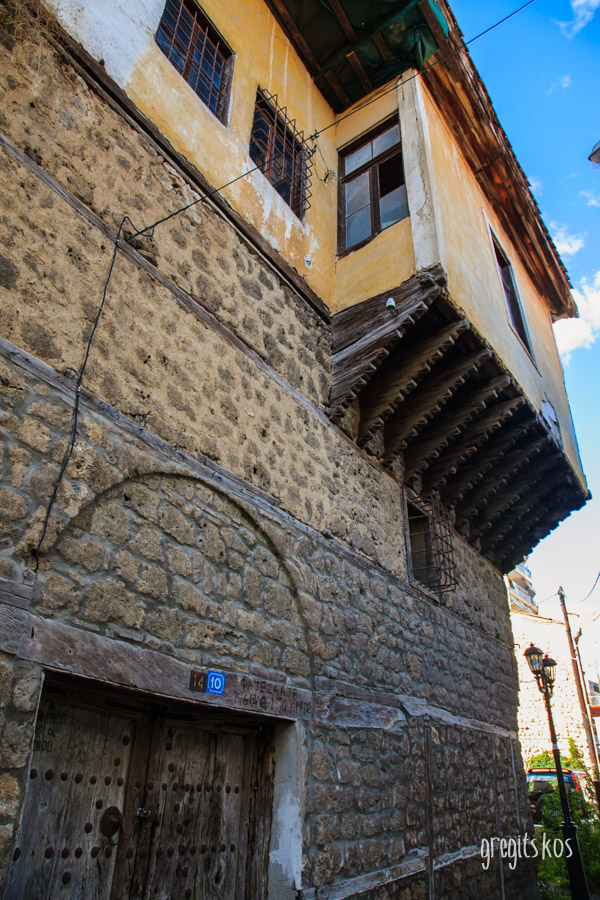
Discovering Vienna in New Year’s Holidays!
New Year’s Eve in Vienna! The city is glowing more than ever! And then it’s music! We have experienced it and we present you with our impressions and tips that will help you enjoy your journey without sudden setbacks! We traveled with a group but didn’t follow their full program. Whatever you do, be equipped with warm clothes, an umbrella and comfortable shoes! Navigate through the highly organized public transport system (Metro, Trolleybus, Buses – all the information you will need at the end of this article) and on foot!!! If you do not walk, you will not feel the Viennese atmosphere!
Must see!
Start at the Kärntnerstrasse, (just walk from the Karlsplatz Underground stop) right after the “Opera House” and the “Ring” that forms the historic center. Take the pedestrian street that starts at the corner of Café “Sacher Eck” (there was a long queue outside, every time we were passing by! Taste the traditional Viennese “Sacher torte” that serves!). A uniquely decorated street, full of shops and many Imbiss’s – small canteens with stools, where you can try sausages (bratwurst) sandwiches and hot dogs. Right after Stephansplatz, on your left, is Grabe Street, photographed for its exquisite chandelier decoration! These two streets and the square nearby, o, turn into a huge refectory on the night of New Year’s Eve! Thousands of people from all over the world enjoy the turn of the year, drinking and dancing with music accompaniment! Every here and there a band with live music or DJs and rhythms for all tastes! At the end of Grabe, you reach “Kohlmarkt”, the street of luxury! All brand name stores such as Gucci, Prada and more …
The Kärntnerstrasse leads to St. Stephen’s Square (Stephansplatz) with its homonymous temple of Gothic architecture,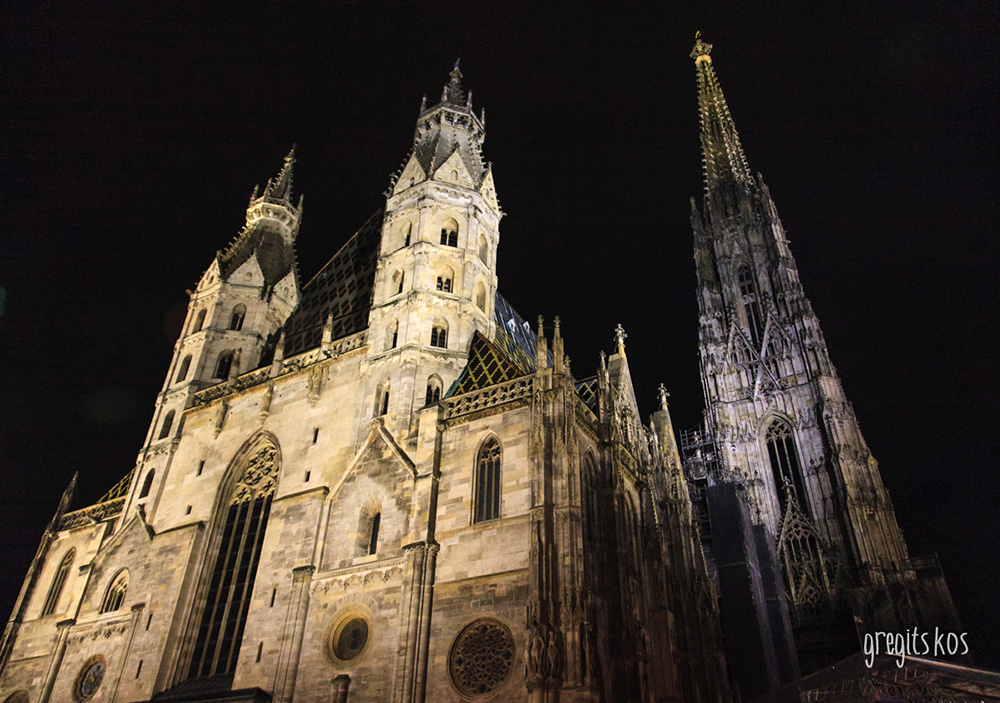 with its imposing dimensions and the bell, Pummerin as the Viennese call it, that only strikes at special festive moments like Christmas, Easter, New Year’s Eve and in the celebrations of Saint Stephen. Here you can take a wagon that drives you around the historic center. It is a good choice if you want to get a general picture of the centre and rest at the same time! Prices vary depending on the duration of the ride (20-minute ride -55 € / 40-minute-80 €). On your way you will pass by the Vienna City Hall, the Twin museums of Natural History and Art History, between them is the Monument of the Empress Maria Theresa and directly opposite them the National Library, the Winter Palace of Hofburg (now the seat of the Austrian government), the highly publicized Spanish Imperial School of Riding (Spanische Hofreitschule) and finally the National Opera. The fortunate thing is that everything is either in Hofburg or very close to the area!
with its imposing dimensions and the bell, Pummerin as the Viennese call it, that only strikes at special festive moments like Christmas, Easter, New Year’s Eve and in the celebrations of Saint Stephen. Here you can take a wagon that drives you around the historic center. It is a good choice if you want to get a general picture of the centre and rest at the same time! Prices vary depending on the duration of the ride (20-minute ride -55 € / 40-minute-80 €). On your way you will pass by the Vienna City Hall, the Twin museums of Natural History and Art History, between them is the Monument of the Empress Maria Theresa and directly opposite them the National Library, the Winter Palace of Hofburg (now the seat of the Austrian government), the highly publicized Spanish Imperial School of Riding (Spanische Hofreitschule) and finally the National Opera. The fortunate thing is that everything is either in Hofburg or very close to the area!
 The city brims with palaces and parks! Here we go … and estimate at least a 2 hours’ visit in each one of them, excluding queuing time! Must visit: Schloss Schönbrunn Palace, the summer palace of the Habsburgs , resembling the Versailles in France, with its imperial gardens and numerous statues beautifully lit at night. We visited it with the group and with a good guide and did not regret it! We combined the visit with that to the Zoo (Tiergarten Schönbrunn), the oldest zoo in the world, a part of the Schönbrunn “garden”. The Belvedere palace and park, in Baroque style, is scheduled for another day. In its botanical garden see thousands, home and exotic, flowers and plants. The palace area functions as a museum and hosts seasonal exhibitions but its pride is the largest collection of Klimt projects worldwide.
The city brims with palaces and parks! Here we go … and estimate at least a 2 hours’ visit in each one of them, excluding queuing time! Must visit: Schloss Schönbrunn Palace, the summer palace of the Habsburgs , resembling the Versailles in France, with its imperial gardens and numerous statues beautifully lit at night. We visited it with the group and with a good guide and did not regret it! We combined the visit with that to the Zoo (Tiergarten Schönbrunn), the oldest zoo in the world, a part of the Schönbrunn “garden”. The Belvedere palace and park, in Baroque style, is scheduled for another day. In its botanical garden see thousands, home and exotic, flowers and plants. The palace area functions as a museum and hosts seasonal exhibitions but its pride is the largest collection of Klimt projects worldwide.
Over 90 Museums to choose from, according to the available time, courage and wallet capacities… the ticket is in most of them quite pricy. However, if you are interested in the arts you have come to paradise: Museum of Art History, hosting the imperial collection of artworks, one of the largest in the world. Major works by Rubens, Rembrandt, Dürer, Tizian and others are housed here. Right across is the Twin Museum of Natural History. If you have never visited a natural history museum before, do not miss it. – Albertina with important paintings by Dürer and Klimt. The most modern projects include Monet and Picasso. – In the old imperial stables, the Museumsquartier (the neighborhood of art) hosts many exhibitions and other artistic events. Here is the Museum of Contemporary Art, known as MUMOK, dedicated to the revolutionary era of the 60s. Next to it is the Leopoldsmuseum, a host of expressionist works. It is worth honoring the Museumsquartier café and the Architecture Center housed there as well as the Kindermuseum if you have children with you!
Discover the Christmas Markets (Christkindlmarkt) in many corners of the city. Among the most famous are the City Hall (Rathouse), Schönbrunn and Maria Theresien Platz. There, we drank the hot Glühwein (cinnamon wine), ate hot dogs and salty pretzels and bought souvenirs. In the large square of Rathouse we welcomed the New Year’s arrival, along with thousands of people from every corner of the world. There was a live orchestra, a giant screen and infinite fireworks! Dancing, too!
Austria is Mozart’s homeland and the city echoes with waltzes! Everywhere you look, you see the portrait of the great musician, either in memorabilia or in the famous Mirabell’s Genuine Salzburger Mozartkugeln. Dozens of other souvenirs are sold everywhere, along with the favorite pig “gluckschwein” (“lucky pig”) that they buy for good luck!
Have a relaxed day in the colorful “Hundertwasserhaus” neighborhood, designed by the homonym architect. Combine it with a visit at the Prater (an amusement park with a giant wheel) or a coffee break next to the Danube. All are in the same direction.
When food is the question: we tasted Viennese cuisine dishes such as juicy schnitzel and other chicken dishes, at really good prices, at the Wienerwald (Goldschmiedgasse 6) very close to St. Stephen’s. We ate (more modest, though) at the Kaiserpavillion Restaurant in the Zoo. Very convenient for a rest, as it is located in the center of the garden, housed in a pavilion with impressive decoration, roof paintings and very good service!
These and other things you will discover for yourself, make up the Vienna that everyone wishes to see! In any case, it will be great!
Suggestions for food and coffee
The Figlmuller restaurant is known for its schnitzel. Cafe Altwien (Bäckerstraße 9) in the heart of the city center, a few minutes far from St. Stephen is one of the renowned coffee shops of the Viennese culture that is highly recommended for its cuisine, with snacks, such as sausages and goulash.
In Vienna coffee has a hand-made flavor. Visit the central Café Landmann on the Ring. Since its foundation in 1873, it is a Viennese meeting point, not just an intellectual, ( Simund Freud used to spend hours there) but an artistic one, too! Marlene Dietrich’s choice as well!
And of course the unique, historic Café Central (Herrengasse 14) with the 1000 coffee cups served per day! One of them must be yours – and it can be accompanied by an Apfel (apple) Strudel!!!
TIPS
- As soon as you need to stroll around, get the city map and the transport map. Your hotel will provide it to you for sure! Buy a 24/48/72 hour card depending on your plans or even better buy a Vienna City Card that offers discounts on museum entrances, etc. See here: https://www.wien.info/en/travel-info/transport/subway or https: / /viennamap360.com/vienna-metro-map#.WlI9nVVl_IU and http://homepage.univie.ac.at/horst.prillinger/ubahn/english/fares.html – check out ticket prices
- https://www.wien.info/en/travel-info/vienna-city-card – download the application and get organized. A very useful one!
- Create your own city guide, according to your preferences here: https://www.visitacity.com/en/vienna?gclid=EAIaIQobChMIufi3-vfB2AIVLzPTCh12Qg69EAAYASAAEgJuN_D_BwE
- Do not hesitate to ask someone if you get confused or do not understand a sign. The Viennese are extremely eager to help and give you instructions if you ask. Signs are often only in German.
- You can rent bicycles. There are bicycle paths everywhere and the city is very friendly to cyclists. There are bicycle stations in the city where you can hire and leave a bike. Traffic rules are respected by all without exception!
- Tours guides are worth paying when visiting museums, etc. Do not be stingy, you will not regret it. Unless you have a printed / online guide or pay for the audio guide
- Tap water is drinkable. It comes all the way from the Alps! When you order at a restaurant and the waiter asks you if you want still or sparkling water, you order tap water. Otherwise they will bring you a bottle and you will pay for it dearly!
- Avoid the guys in the squares trying to sell you tickets for concerts! These concerts are of controversial quality and in inappropriate places!
- Their traditional coffee is Wiener mélange (with milk foam) that looks like cappuccino and, of course, chocolate Viennois. They also serve espresso, but not filter coffee.

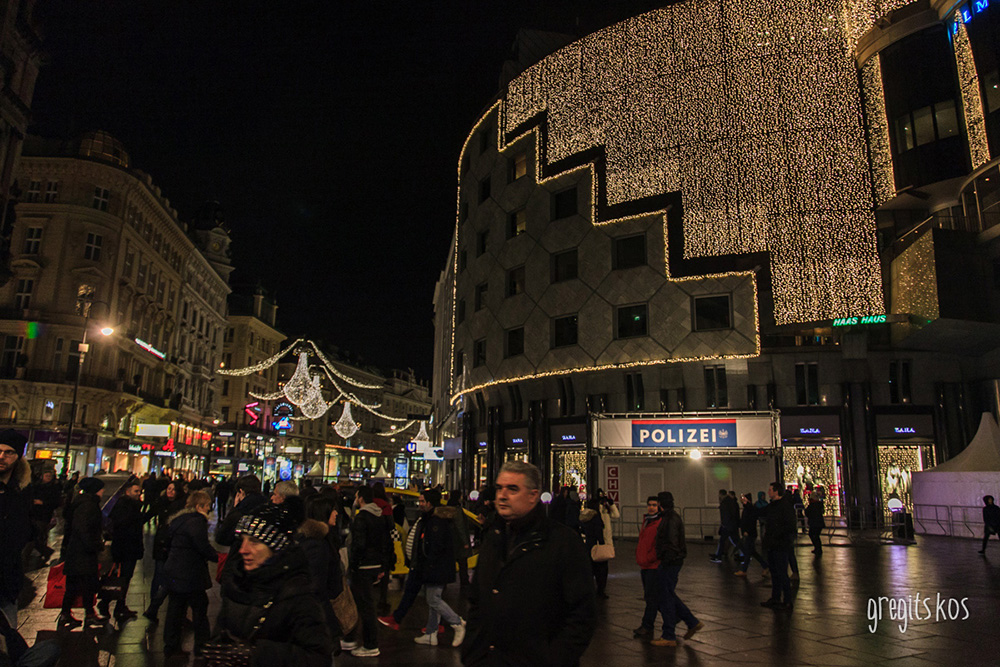




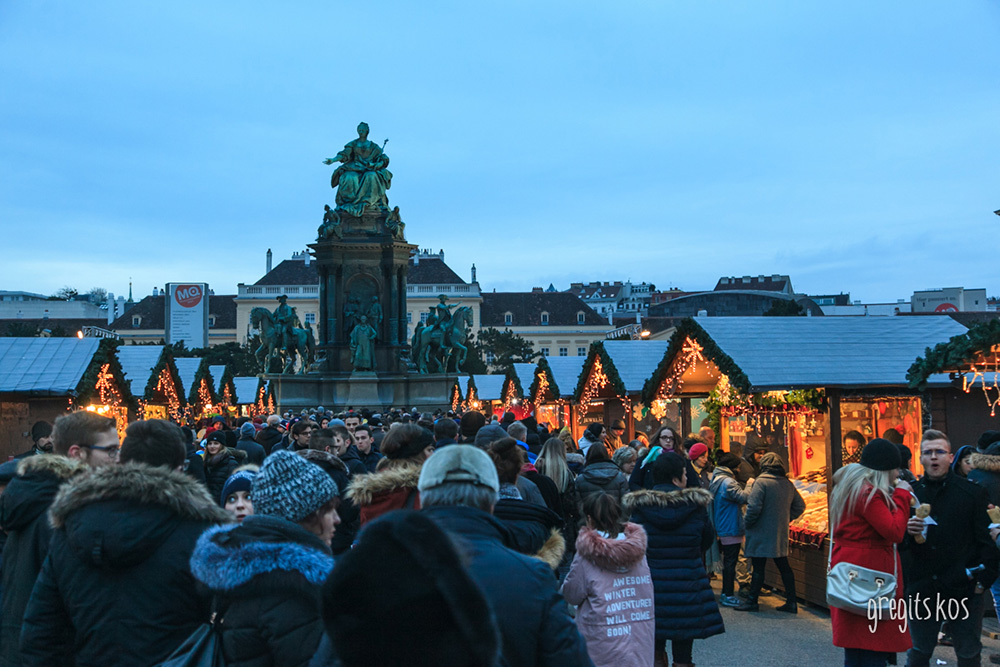

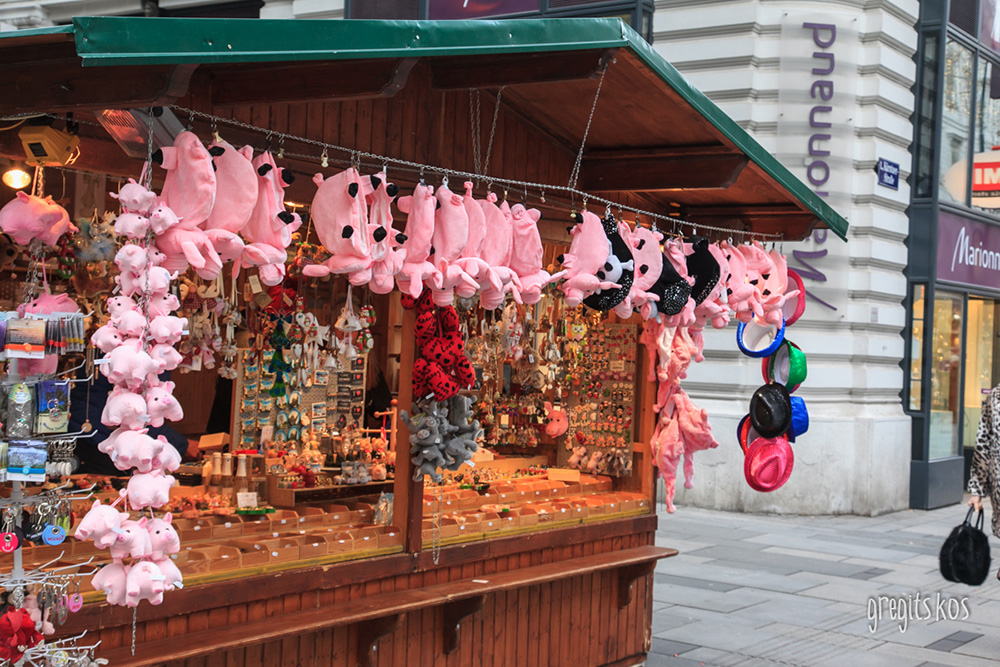
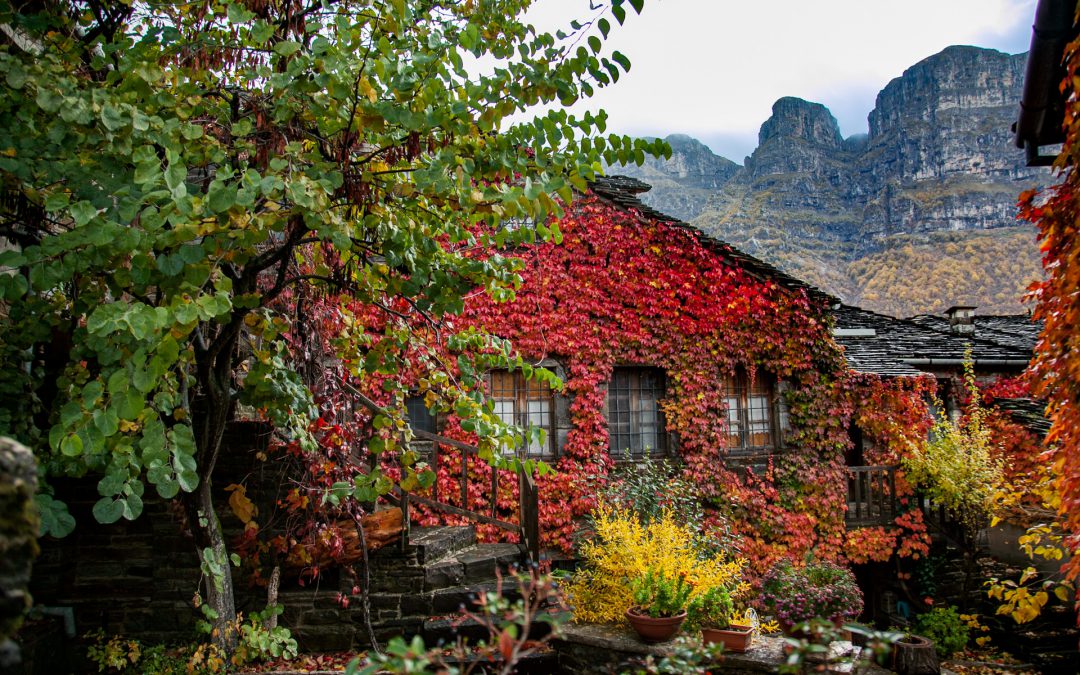

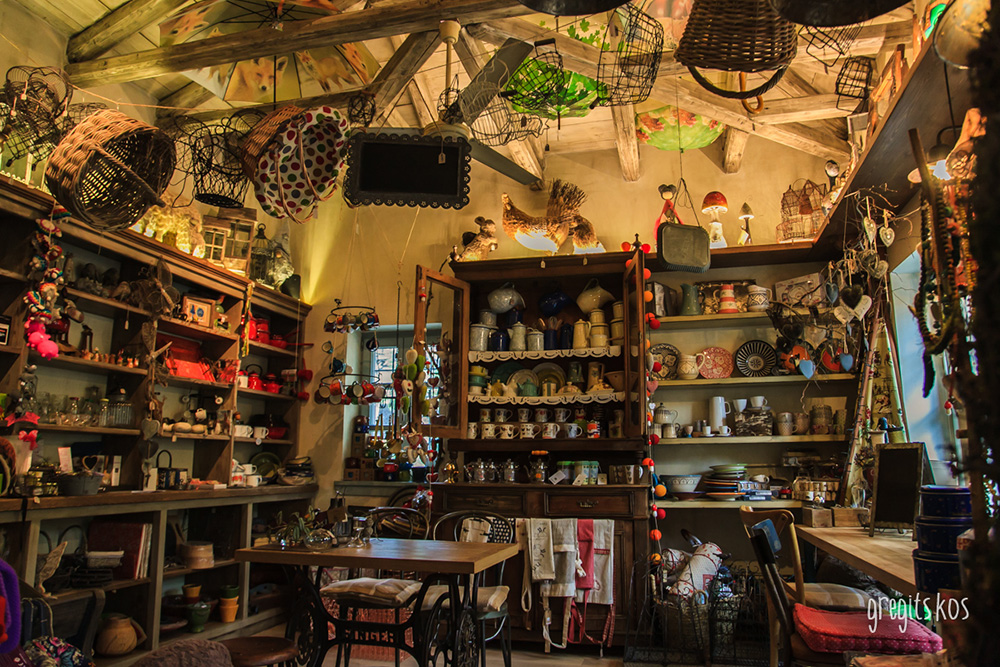









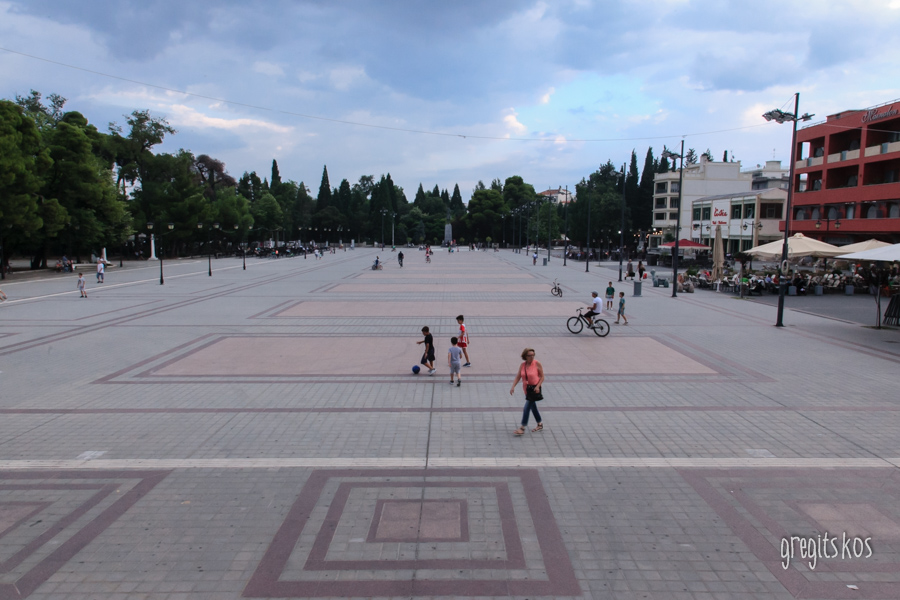









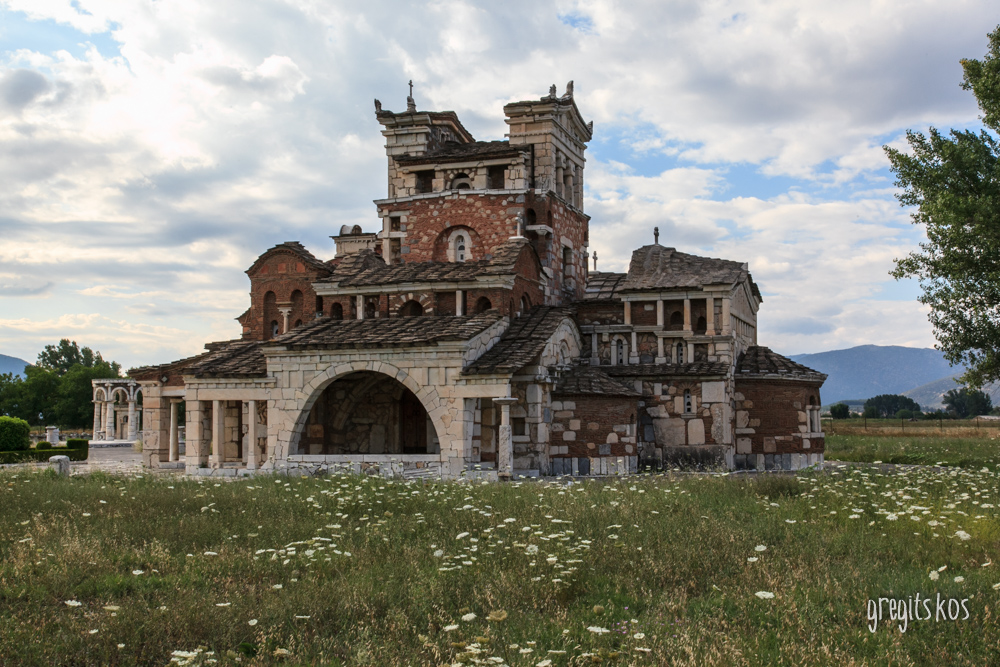

















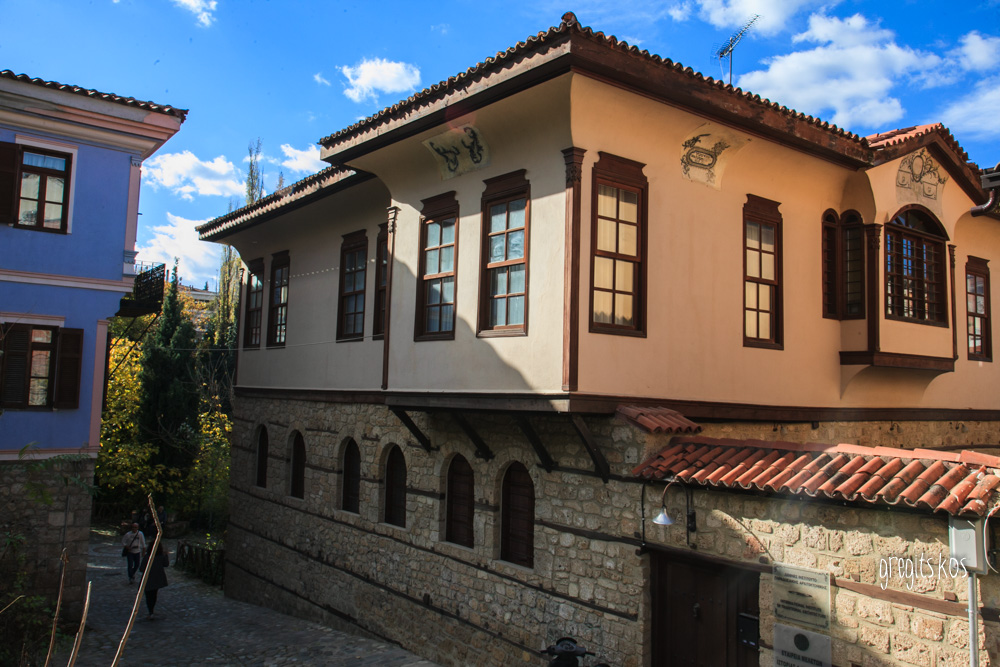



 The numerous mosques (14) in the city are remnants of the Turkish domination. Many were used as public Turkish baths. The city still maintains some buildings like the “Twin Baths of Sinan of Alatas” 14th century( soon to be restored). From the Old Cathedral, head to the city’s commercial center, a pedestrian complex with a large number of shops and many cafés / bars (many offer snacks as well) and some taverns.
The numerous mosques (14) in the city are remnants of the Turkish domination. Many were used as public Turkish baths. The city still maintains some buildings like the “Twin Baths of Sinan of Alatas” 14th century( soon to be restored). From the Old Cathedral, head to the city’s commercial center, a pedestrian complex with a large number of shops and many cafés / bars (many offer snacks as well) and some taverns.









